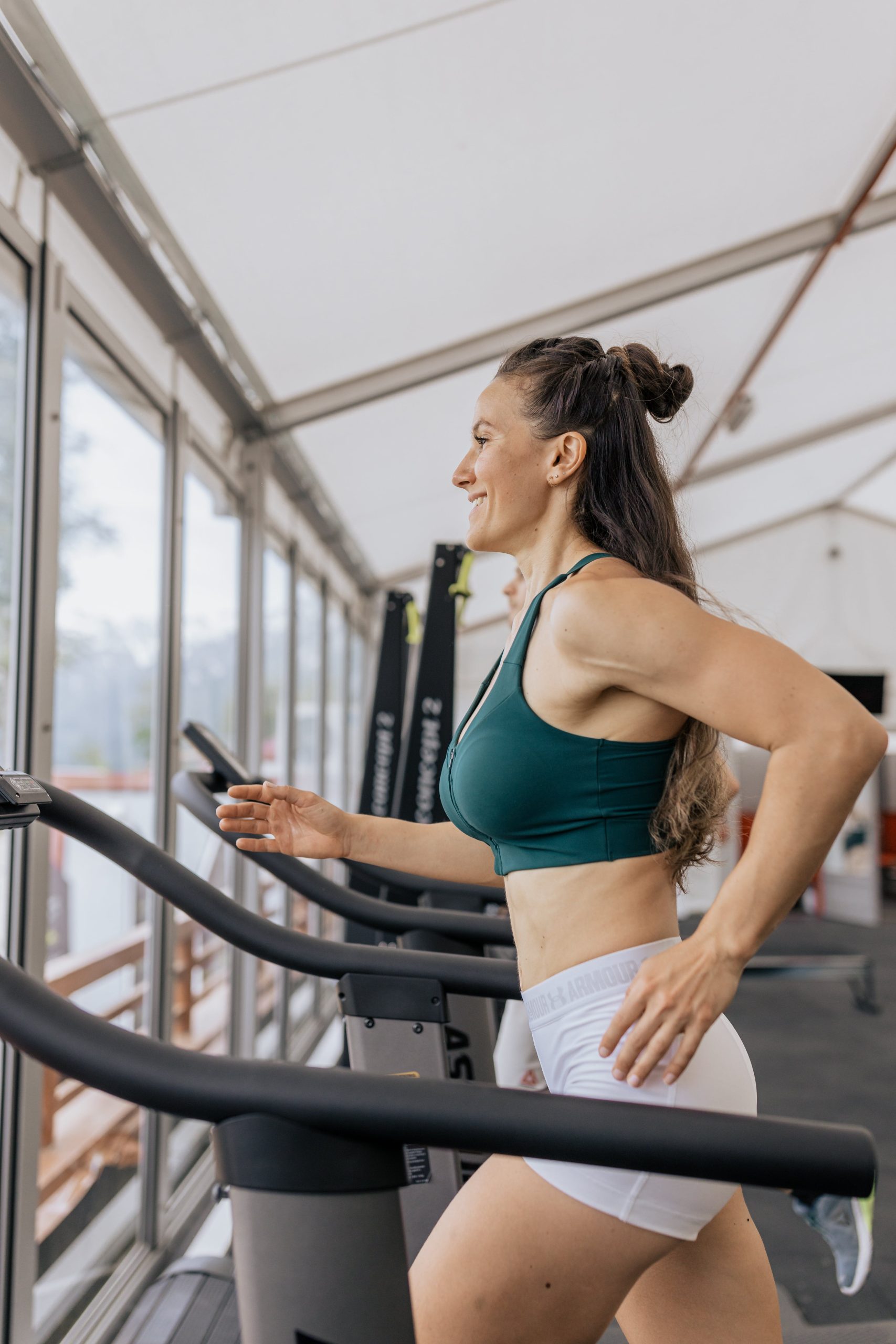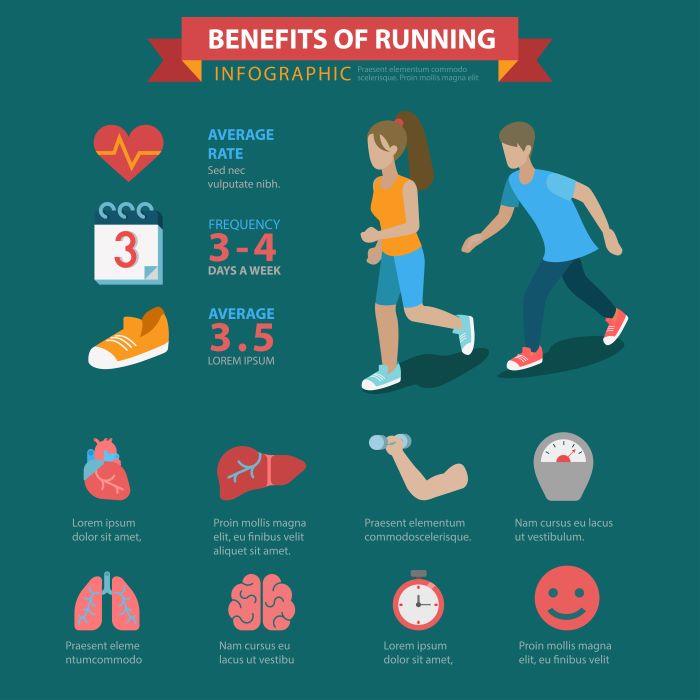To grasp when did running for exercise start, we must delve into its ancient roots. The act of running dates back to prehistoric times, where it served essential purposes such as hunting, communication, and survival. Early humans relied on running not just as a mode of transportation but as a vital skill for hunting game. Evidence suggests that our ancestors engaged in long-distance running to chase down prey, showcasing the innate human capacity for endurance.
As civilizations evolved, running transformed from a survival skill into a recreational activity. In ancient Greece, running was celebrated through the Olympic Games, which began in 776 B.C. The Greeks understood the significance of physical fitness, incorporating running into their training regimens to enhance both physical prowess and health. This cultural appreciation laid the groundwork for running as a sport and exercise.
Fast forward to the 20th century, running began to gain traction as a popular form of exercise. The 1960s and 1970s marked a pivotal era with the emergence of jogging as a mainstream fitness trend. Books like “Jogging” by Bill Bowerman fueled a running revolution, promoting the activity for health benefits and mental well-being.
Today, running is more than just a method of exercise; it’s a global phenomenon that fosters community and personal growth. Whether you’re hitting the trails or enjoying a scenic park run, embracing running can lead to remarkable transformations in both body and mind. Visit our website to learn more and get started today! Click here.
Ancient Cultures and Their Running Practices
Throughout history, various ancient cultures have recognized the importance of running, not only for survival but also for cultural expression and athletic competition. In these societies, running took on multiple roles, from religious rituals to military training.
In ancient Greece, running was a fundamental part of the Olympic Games, a celebration of athletic skill and physical excellence. Events like the stadion, a short sprint of about 192 meters, showcased the speed and agility of athletes. The Greeks revered runners, often seeing them as embodiments of strength and virtue, which led to the establishment of running as a significant aspect of their culture.
Similarly, the Aztecs and Mayans utilized running in their societies for communication and trade. Runners known as tlachtli would relay messages across vast distances, demonstrating not only the physical endurance of these individuals but also the value placed on speed and stamina within their communities.
In Africa, ancient tribes often engaged in running as part of their daily activities, using it for hunting and gathering. The Hausa people, for example, would run long distances for both practical purposes and as a means of fostering community spirit through races and communal events.
These practices illustrate that running has long been integrated into the fabric of human culture, serving as a bridge between survival and celebration. As we explore the evolution of running, it’s essential to acknowledge these ancient contributions that have shaped our understanding of the activity today.
The Evolution of Running as Exercise

As we transitioned from ancient civilizations to more structured societies, the perception of running began to shift significantly. The 19th century marked a pivotal moment in the evolution of running as a formal exercise, particularly with the establishment of organized sports and athletic clubs. The advent of recreational running can be traced back to this period when people started to engage in running not just for competition, but for personal health and fitness.
In the early 20th century, running gained popularity as a form of exercise among the general public. The introduction of the modern Olympic Games in 1896 reignited interest in the sport, inspiring many to take up running for fitness. The mid-20th century saw the emergence of jogging as a trend, largely popularized by Dr. Ken Cooper, who introduced the concept of aerobic exercise in his book Aerobics. This period emphasized the health benefits of running, encouraging people to incorporate it into their daily routines.
The 1970s brought a running boom, characterized by the founding of numerous running clubs and the organization of marathons, which further legitimized running as a mainstream form of exercise. Events like the New York City Marathon and the Boston Marathon attracted not only elite athletes but also amateurs eager to challenge themselves and improve their fitness.
Today, running is recognized globally as an essential exercise for maintaining physical and mental well-being. With the integration of technology, from fitness trackers to running apps, individuals can now monitor their progress and connect with a vibrant community of fellow runners. This evolution highlights how running has transformed into a celebrated activity, accessible to all, as a pathway to improved health and fitness.
Running in the 20th Century Fitness Movement
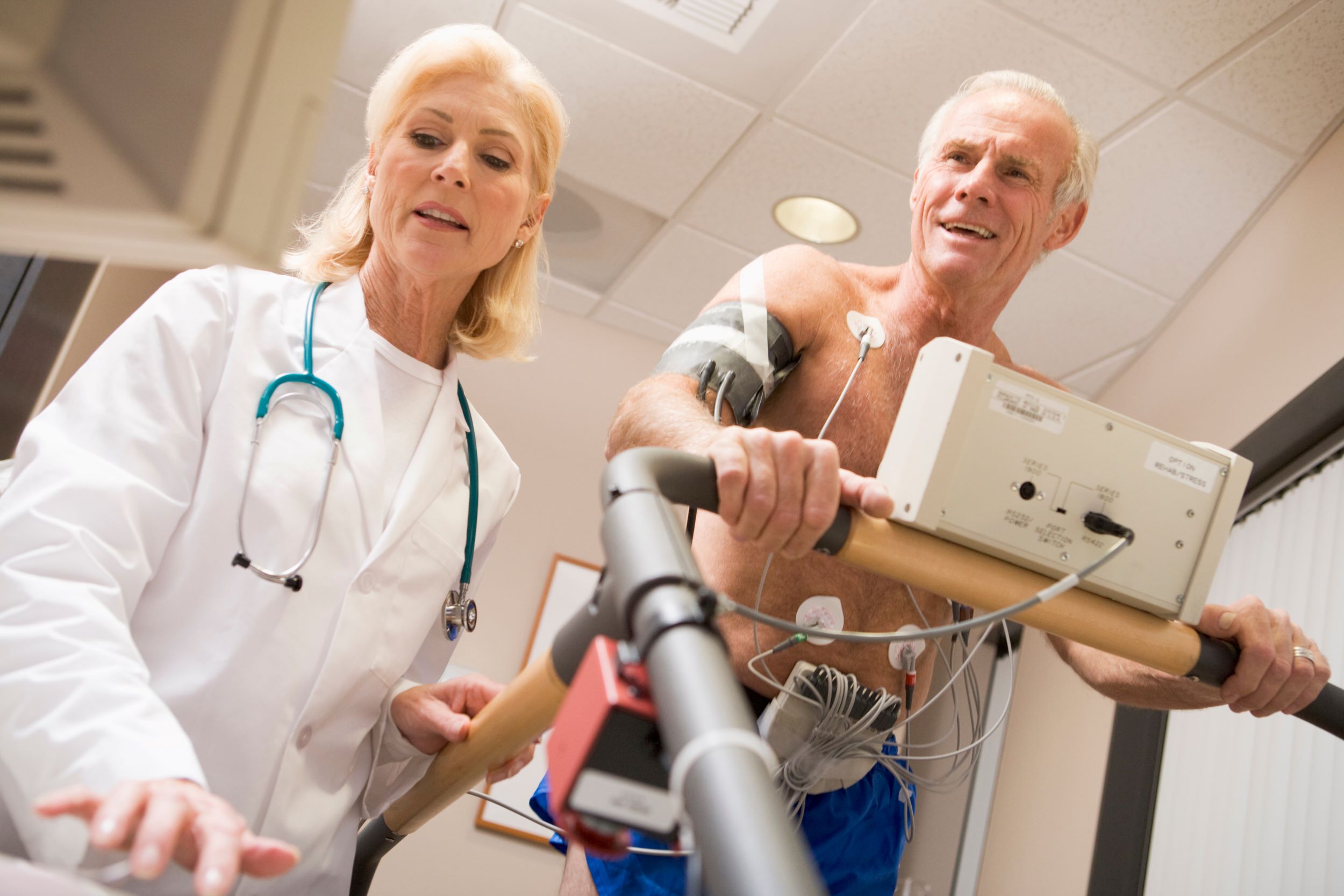
The 20th century was a transformative era for fitness, with running emerging as a cornerstone of the fitness movement. The post-World War II period saw a growing awareness of health and fitness, spurred by a combination of societal changes and scientific research. As people began to understand the detrimental effects of sedentary lifestyles, many turned to running as an effective means to improve their physical health.
In the 1960s, the publication of books like Jogging by Bill Bowerman played a crucial role in popularizing running as a recreational activity. Bowerman, co-founder of Nike, emphasized the importance of running for fitness and well-being, leading to a surge in interest across the United States. During this decade, the concept of jogging evolved, making it accessible to people of all ages and fitness levels.
The 1970s marked a significant milestone with the rise of running clubs and the organization of numerous races. The first New York City Marathon in 1970 and the Boston Marathon becoming a household name showcased the growing popularity of long-distance running. This decade not only fostered a community of runners but also highlighted the social aspect of the sport. Races became events where individuals came together to celebrate their fitness journeys.
Moreover, the fitness craze of the 1980s and 1990s further solidified running’s place in the fitness landscape. With the introduction of running shoes designed for comfort and performance, more people were encouraged to lace up their sneakers and hit the pavement. The emergence of running magazines, such as Runner’s World, provided resources and inspiration for both novice and experienced runners alike.
As the century progressed, running transformed into a symbol of personal empowerment and a proactive approach to health. The influence of the 20th century fitness movement continues to resonate today, as running remains one of the most popular forms of exercise worldwide, promoting not only physical fitness but also mental resilience.
Modern Trends in Running for Health
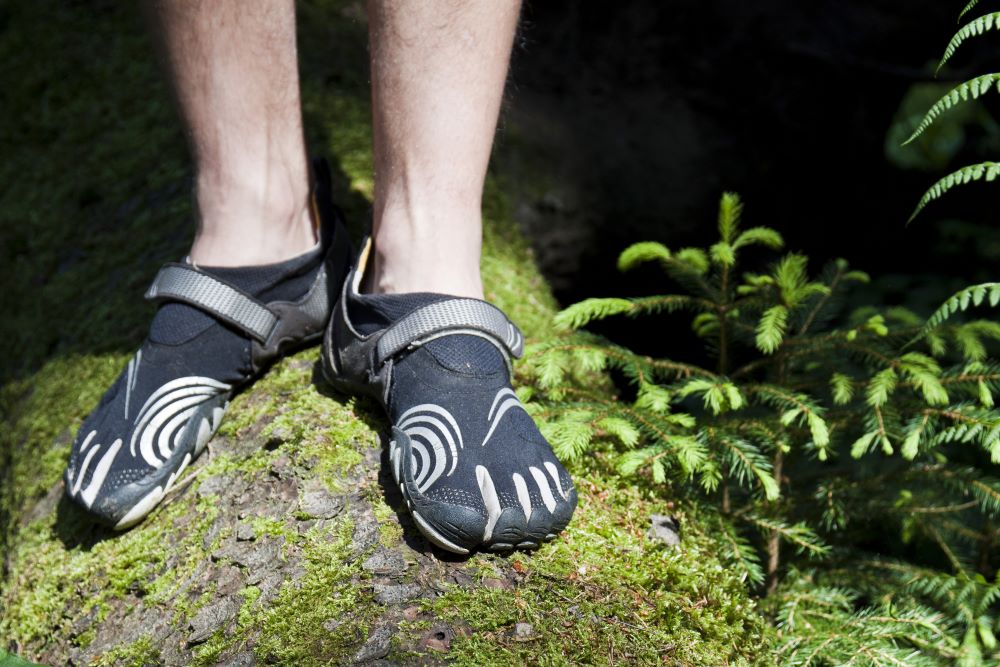
In recent years, the landscape of running has evolved significantly, driven by advancements in technology, increased awareness of health and wellness, and a growing emphasis on community engagement. These modern trends have made running more accessible and appealing to people from all walks of life.
One of the most notable trends is the integration of technology into running practices. Wearable devices such as smartwatches and fitness trackers have revolutionized the way runners monitor their progress. Features like heart rate monitoring, GPS tracking, and performance analytics allow individuals to tailor their workouts and set achievable goals. Apps dedicated to running, such as Strava and Runkeeper, foster a sense of community by enabling users to share their achievements and connect with others.
Another significant trend is the rise of varied running events, including themed races, obstacle courses, and virtual runs. These events cater to a broader audience by providing unique experiences that go beyond traditional racing. For instance, color runs, mud runs, and charity events have attracted newcomers who might not have considered running as a serious sport. This inclusivity has helped to break down barriers, making running a fun and engaging activity for individuals of all fitness levels.
The focus on mental health has also gained traction in the running community. Many runners now view their practice not just as a means of physical fitness but as a way to enhance mental well-being. The concept of mindful running encourages participants to connect with their surroundings, promoting relaxation and stress relief during their runs. This holistic approach has led to a greater appreciation of running as a therapeutic activity.
Finally, the growth of running groups and clubs emphasizes the importance of community in modern running culture. These groups provide support, motivation, and camaraderie, fostering a sense of belonging among participants. Whether it’s a local club or an online community, runners can share their journeys, celebrate milestones, and encourage each other to stay active.
The Impact of Technology on Running
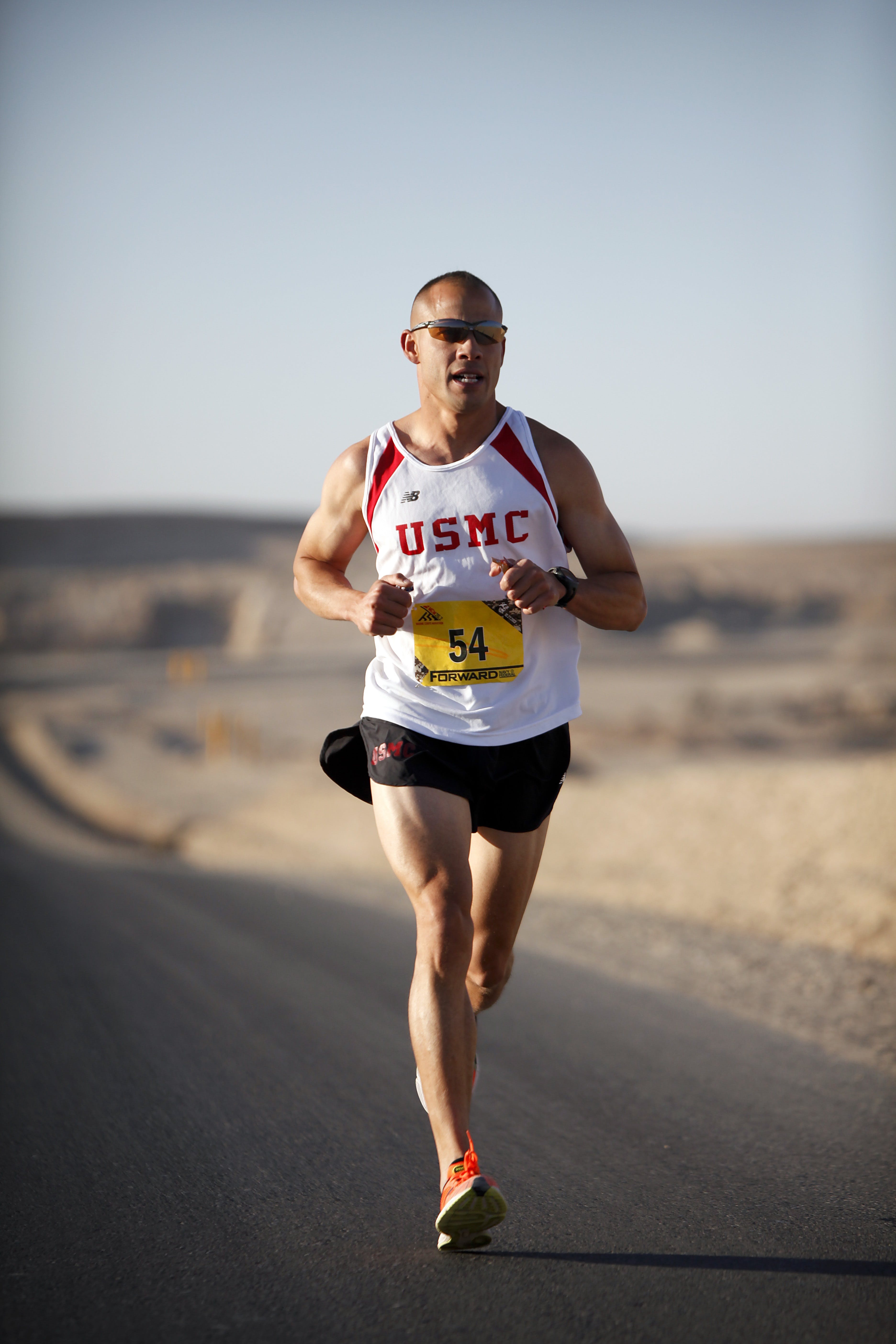
The influence of technology on the world of running is profound and multifaceted, reshaping how enthusiasts engage with the sport. From the earliest days of simple stopwatches to the sophisticated gadgets of today, technology has continually enhanced the running experience, making it more efficient, enjoyable, and informative.
One of the most significant advancements is the development of wearable technology. Devices such as smartwatches and fitness bands have become essential tools for both amateur and professional runners. These gadgets offer features like real-time pace tracking, distance measurement, and heart rate monitoring, allowing users to gain insights into their performance and adjust their training accordingly. Moreover, many of these devices can sync with mobile applications, providing a comprehensive view of one’s fitness levels and progress over time.
Another revolutionary impact of technology is the rise of running apps. Applications such as MyFitnessPal, MapMyRun, and Nike Run Club have transformed how runners plan their workouts and engage with the community. Users can set goals, track their routes, and even join virtual challenges, fostering motivation and accountability. These platforms also allow for social interaction, enabling runners to share achievements and connect with others who share their passion.
Furthermore, advancements in shoe technology have also made a significant difference in performance and injury prevention. Brands are investing in research and development to create footwear that provides optimal support, cushioning, and energy return. This evolution in running shoes has empowered runners to go longer distances with reduced fatigue and a lower risk of injury.
Finally, the advent of virtual reality and augmented reality experiences is on the horizon, offering exciting possibilities for the future of running. These technologies can create immersive environments that simulate outdoor running experiences, allowing runners to explore diverse terrains from the comfort of their homes.
In this age of innovation, it’s clear that technology is not just enhancing running; it is revolutionizing it. If you’re ready to embrace the latest in running technology and elevate your fitness journey, visit our website to learn more and get started today!

